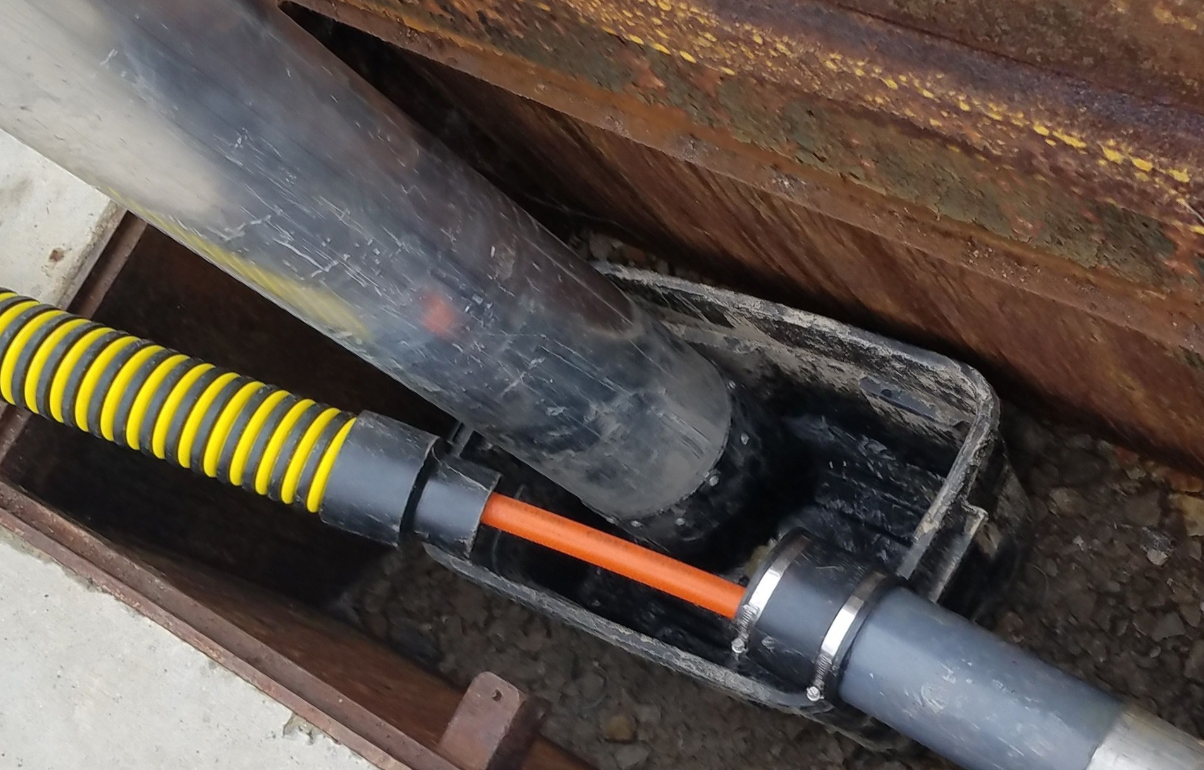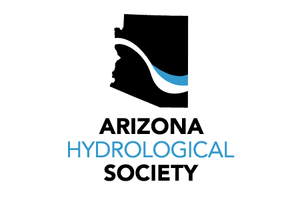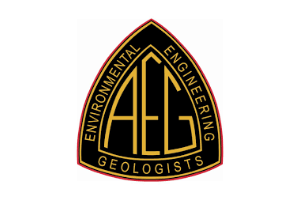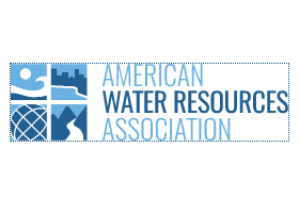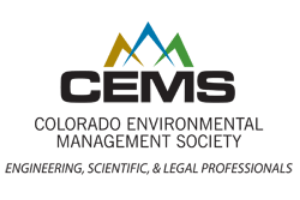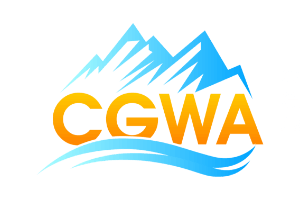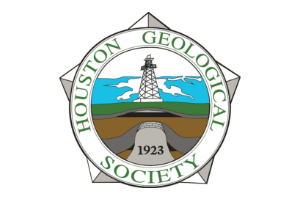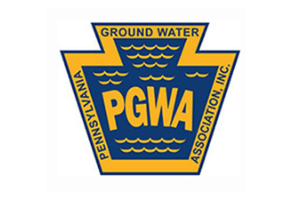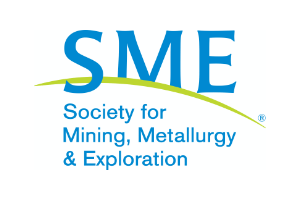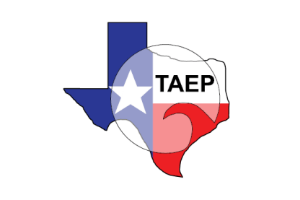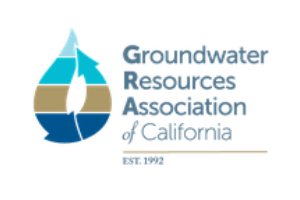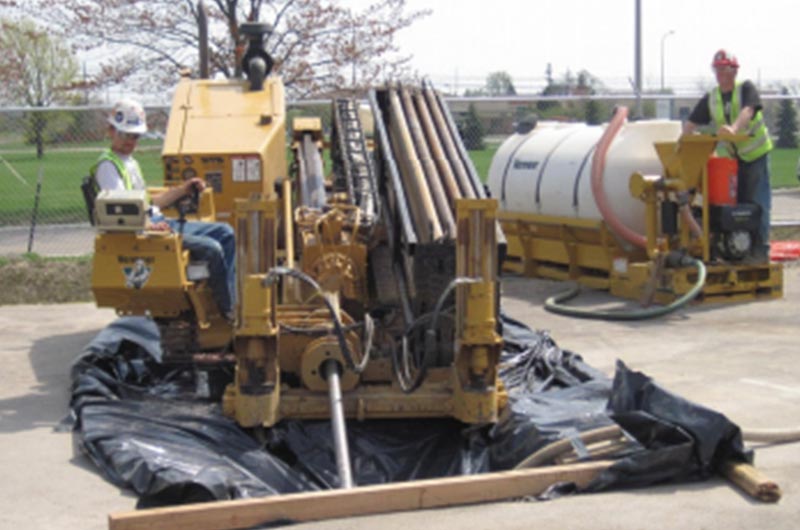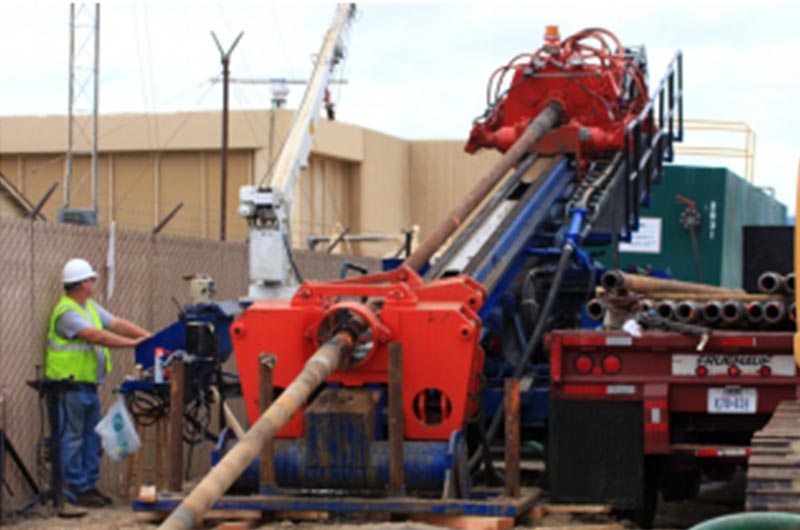We focus on the environmental applications of horizontal directional drilling (HDD), and have perfected the specialized techniques needed to install and develop wells for subsurface remediation and water resources development.
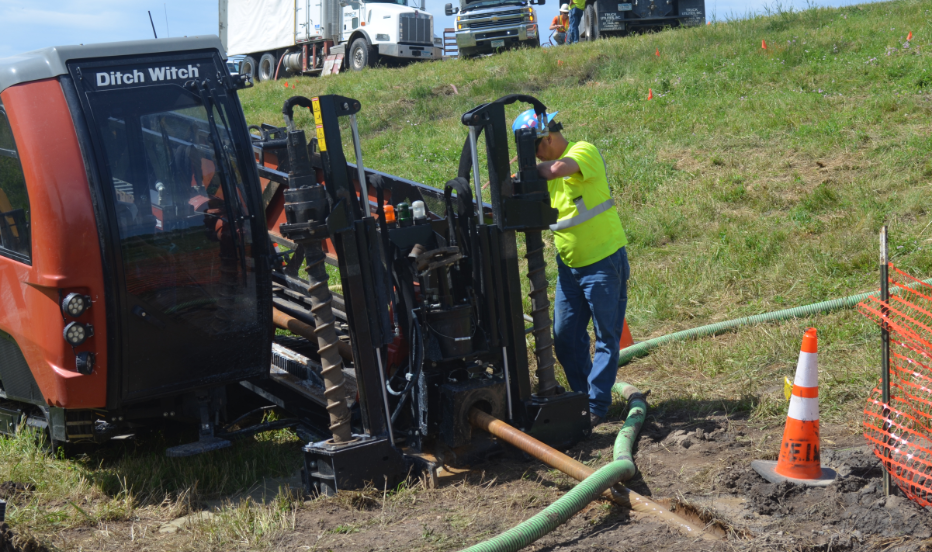
ENVIRONMENTAL REMEDIATION WELLS & SERVICES
Horizontal directional drilling (HDD) provides enhanced delivery methods compatible with most remediation technologies.
Ellingson currently installs horizontal/directional remediation wells for a wide variety of remediation technologies, including air/biosparge, soil vapor extraction (SVE), substrate injection, vapor mitigation, groundwater extraction, re-circulating systems, thermal treatment and treated water injection. The available roster of treatment technologies is constantly expanding as new contaminants of concern are identified. When new treatment methods are conceived, we adapt our equipment and installation techniques to continue to offer state-of-the-art technology for solutions to unique engineering challenges. Along with remediation activities environmental HDD can be used for monitor well installation, construction/slope stability dewatering, coal ash basin and mine tailings dewatering.
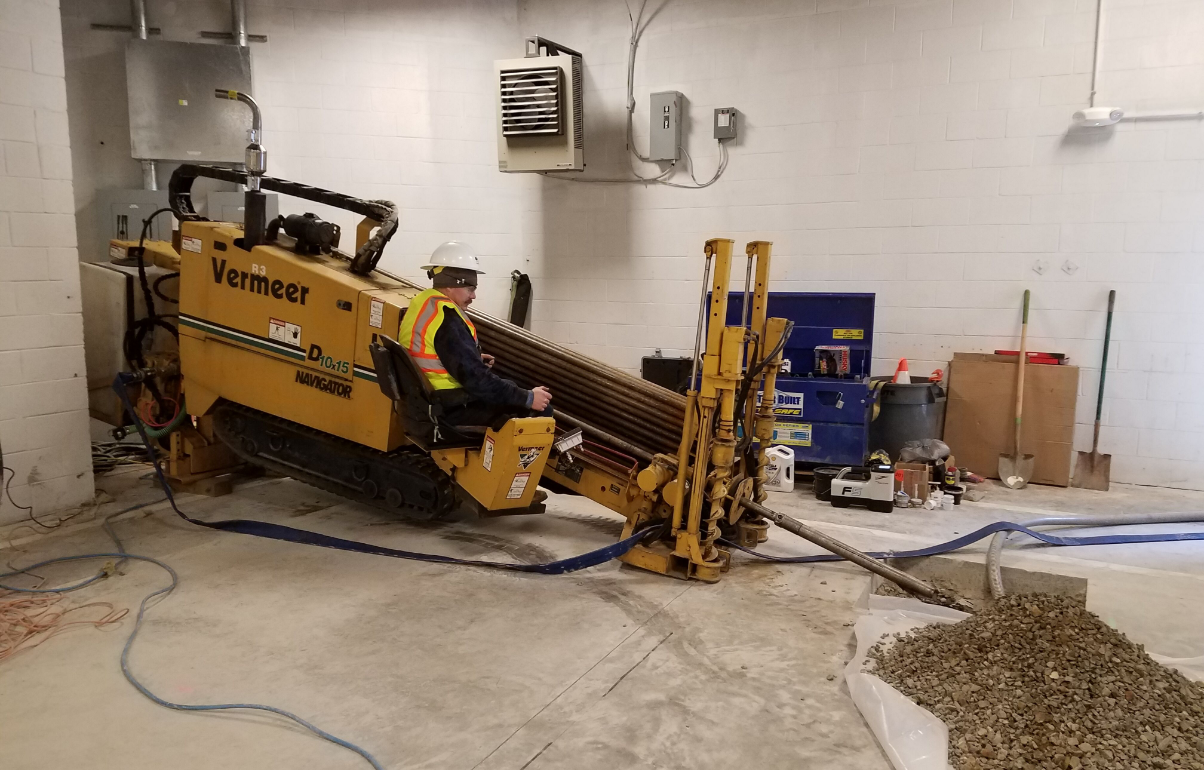
Benefits
- Place long screen sections directly in the contaminant plume.
- Less ground surface disruption.
- Ideal for accessing off-site plumes.
- Fewer vertical wells, wellhead, instrumentation and controls and connection piping.
- Well heads can be located in close proximity to treatment plant.
Related Projects
Click to view some of our recent work.
WATER RESOURCES DEVELOPMENT
Horizontal directional drilling (HDD) is a viable approach to potable, irrigation and industrial water supply issues.
As existing aquifer systems are stressed due to long term pumping operations, water providers are looking to aquifers traditionally overlooked by vertical well installers. Thin surficial aquifers, vertically fractured formations and low permeability zones can be developed by using HDD methods for water supply wells.
Surface Groundwater Connections – many public water supplies rely on surface water from rivers and lakes. An HDD installed well along or under a surface water body can provide a consistent supply without a surface intake structure. Additionally, some filtration will take place as the surface water moves through the permeable formation into the well.
Thin surficial aquifers – many “first” aquifers are relatively thin, and some near-surface formations have significantly reduced saturated thickness. However, many of these aquifers have huge lateral extents. One directionally drilled well can place hundreds of feet of screen near the bottom of the producing zone, replacing several vertical wells. Long horizontal screens at the base of the aquifer have several other benefits including low entrance velocity into the screen and no “cascading water” from de-watered vertical well screens.
Gravity and passive drains – directionally drilled wells have been completed into hillsides and mountain to passively collect groundwater through gravity flow. This type of directionally drilled well has been used for public water supply, enhancing depleted spring flows and creating wetlands.
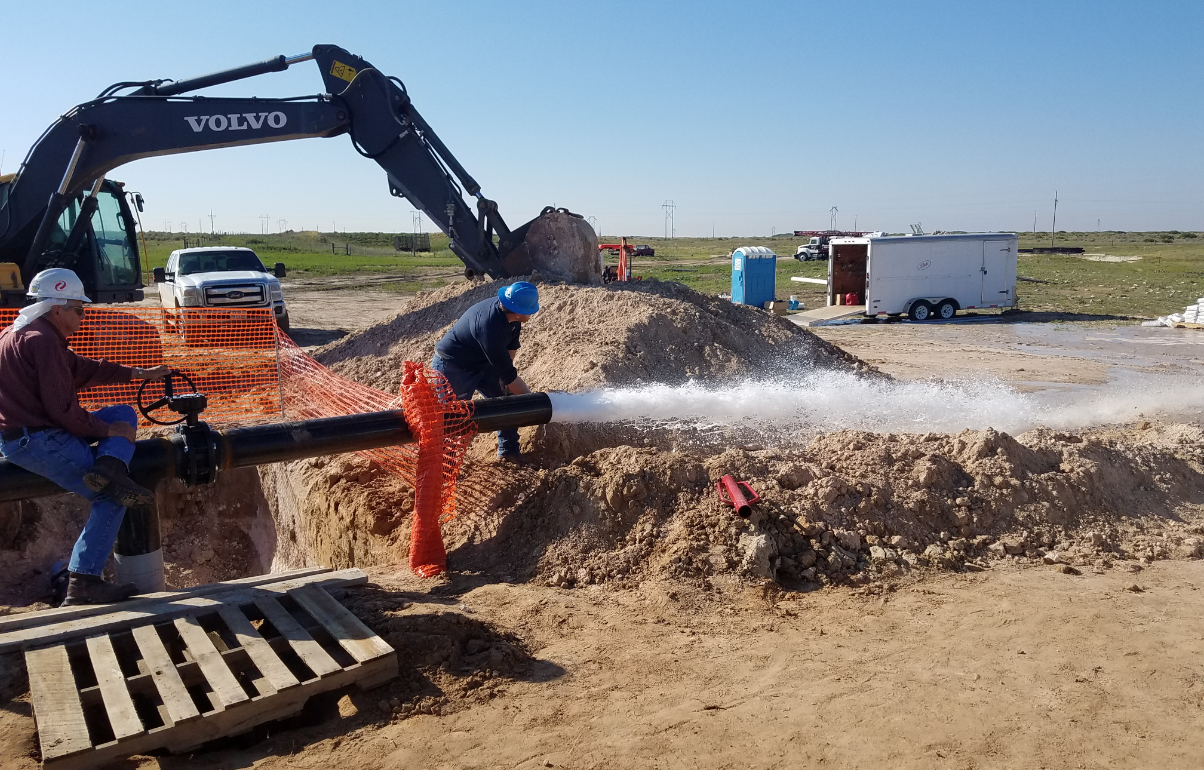
Benefits
- Solution specifically adapted to horizontal wells
- Allows simultaneous pumping and jetting of the well throughout the well screen
- Improves the efficiency of underperforming wells
- Identify the causes of well inefficiencies and helps restore well performance.
Related Projects
Click to view some of our recent work.
HORIZONTAL WELL MAINTENANCE AND REHABILITATION
Rehabilitate underperforming or broken wells and maintain efficiency going forward.
One of the first horizontal wells for environmental remediation was installed in 1987. Since that time, horizontal directional drilling (HDD) methods have been used to complete wells for a variety of applications including environmental remediation, dewatering and municipal/industrial water supply. As with vertical well systems, horizontal wells need periodic maintenance and rehabilitation to function efficiently. We have the experience and tools required to perform rehabilitation on horizontal wells.
Many times the first step in any well rehab exercise, after the pumping equipment and surface completion is removed, is a camera survey. We have the ability to run a camera in a well for hundreds of feet to provide a visual record of the condition of the well screen and casing. We can determine if the screen is plugged with biological or mineral blockages or if the screen is physically damaged by erosion or mechanical failure. Once the camera survey has been reviewed by ground water professionals a treatment plan can be designed.
Well treatment can consist of mechanical and/or chemical treatment. Ellingson-DTD has injection equipment, jetting tools and pumps to perform both types of well treatment activities, including simultaneous pumping and jetting.
Industry Associations
Past Projects
Click and view some of our recent projects.
Contact us to learn more
Have a question? Need an estimate or more detail on our services?
Or just want a call-back? Let’s get in touch.

